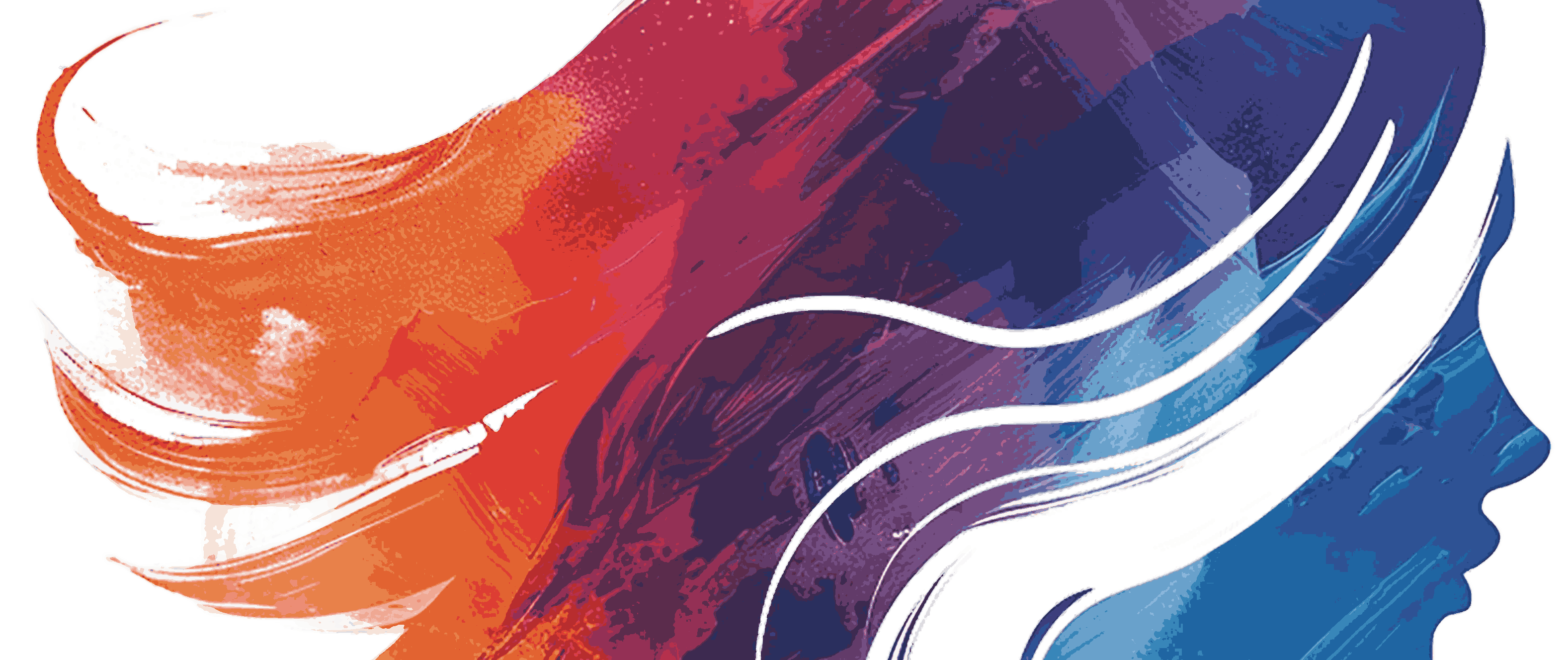English Programs: Exploring Various Fields of Study
English Literature
English Literature focuses on the analysis and interpretation of literary works from various periods and cultures. Students engage with poetry, prose, and drama, exploring themes, styles, and historical contexts. This program fosters critical thinking and enhances communication skills, preparing graduates for careers in writing, editing, publishing, and academia. Potential career paths include Literary Critic, Editor, Publisher, and Professor of Literature.

Creative Writing
Creative Writing emphasizes the art of crafting original works, including fiction, poetry, and creative non-fiction. This program encourages students to develop their unique voice and storytelling abilities while honing their writing skills through workshops and feedback. Graduates often pursue careers as Authors, Screenwriters, Content Creators, or Writing Instructors, and they may also find opportunities in advertising, marketing, and public relations.

TESOL (Teaching English to Speakers of Other Languages): Illustrates a teacher standing in front of a multicultural classroom with a globe, capturing the global nature of teaching English and fostering language skills.
Film and Media Studies: Shows a film reel, a director’s chair, and a modern media screen with digital elements, representing the analysis of visual media, including film, television, and digital platforms, and their impact on culture and society.


